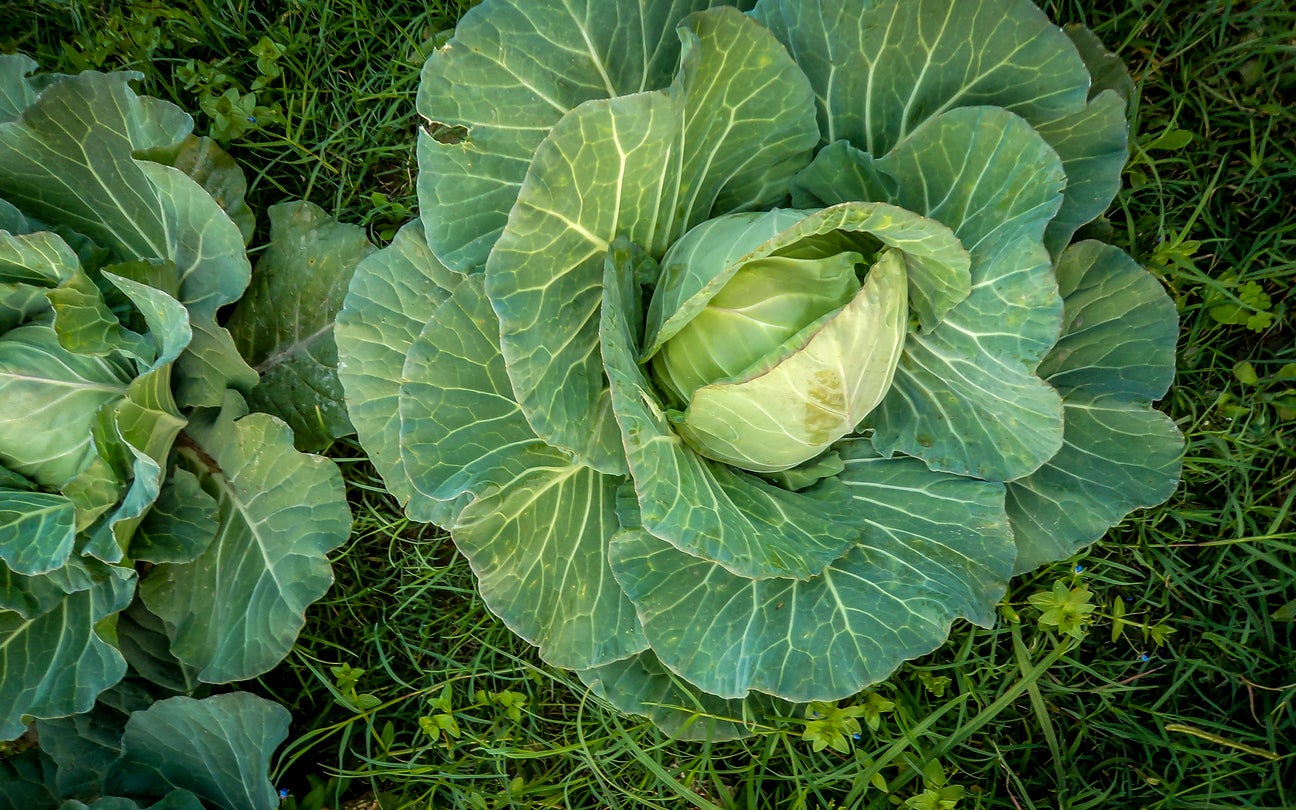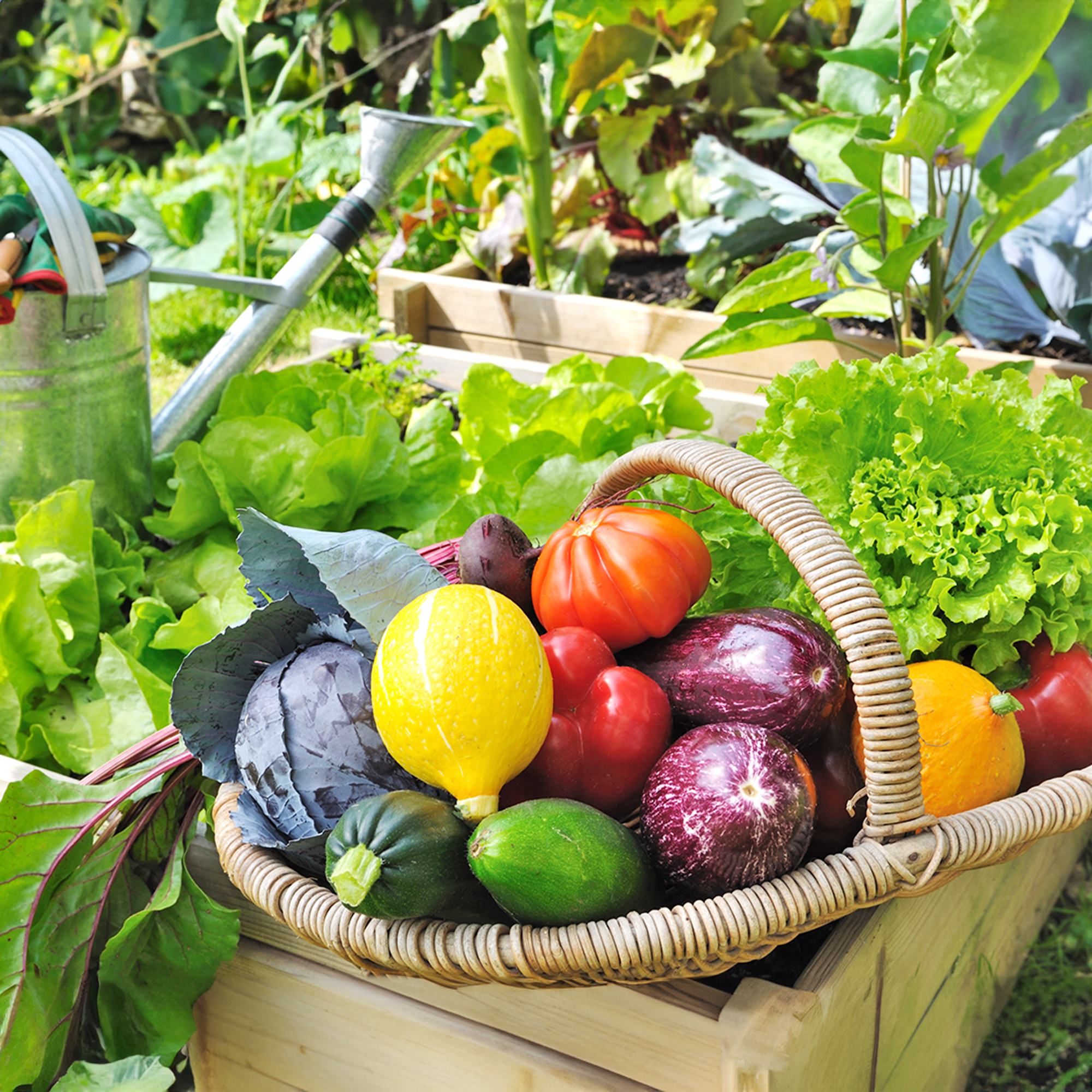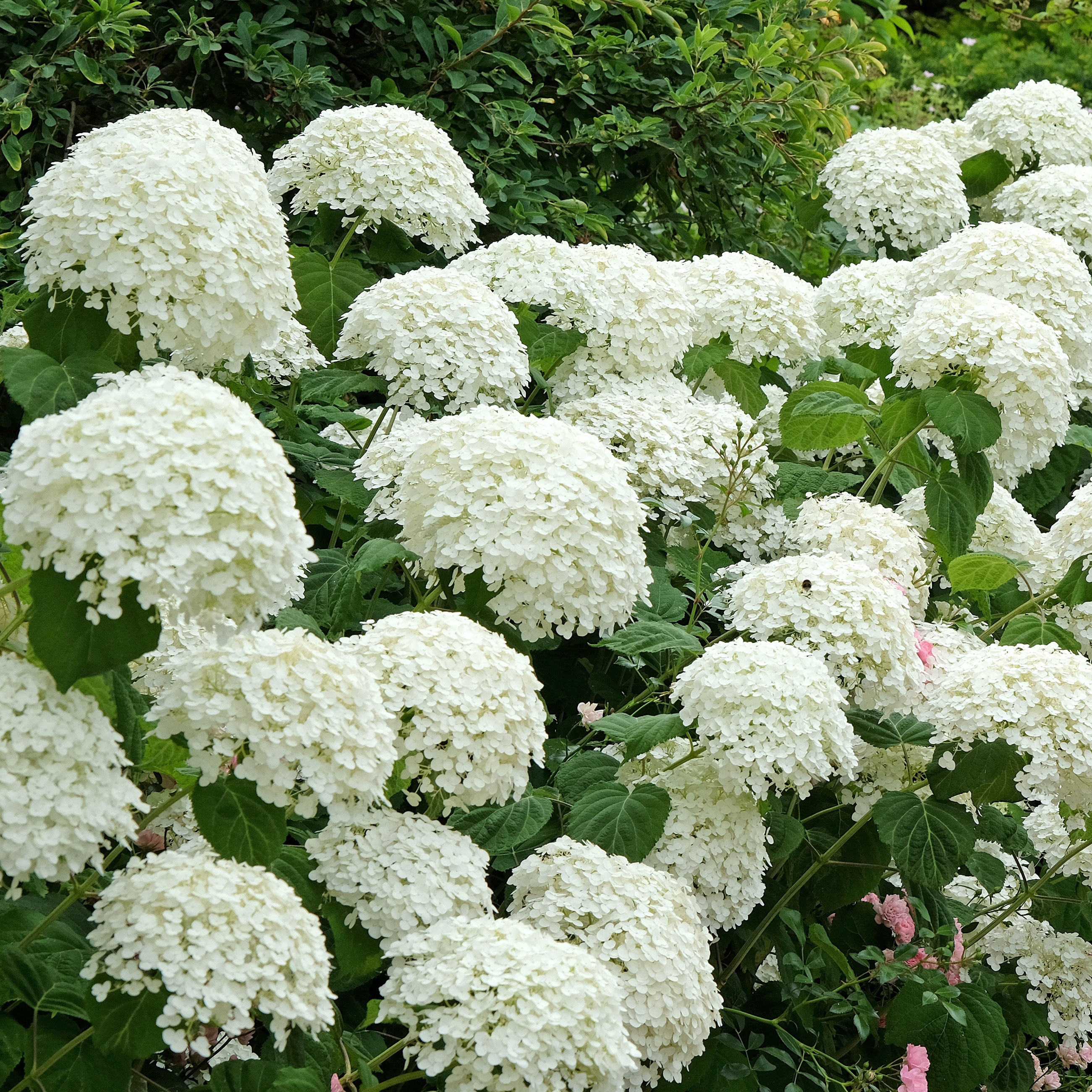Stonehead Hybrid Cabbage – Tips On Growing Stonehead Cabbage


Many gardeners have their favorite varieties of vegetables they grow year after year, but trying something new can be rewarding. Growing Stonehead cabbage is one of those pleasant surprises. Often lauded as the perfect cabbage, Stonehead hybrid cabbage is early maturing, tastes great and stores well. With such endearing qualities, it's no wonder this 1969 AAS winner is still a popular choice among gardeners.
What is Stonehead Hybrid Cabbage?
Stonehead cabbage plants are easy-to-grow members of the Brassicaceae family. Like kale, broccoli and brussels sprouts, Stonehead hybrid cabbage is a cold weather crop. It can be planted early in the spring for a summer harvest or later in the season for a fall crop.
Stonehead cabbage forms small, round globes that average between 4 and 6 pounds (1.8 to 2.7 kg.). The flavorful heads are perfect raw ingredients for slaw and in salad and is equally delicious in cooked recipes. The heads mature early (67 days) and resist cracking and splitting. This can extend the harvesting season, as not all Stonehead cabbage plants need to be harvested at the same time.
Stonehead cabbage plants are resistant to yellowing leaves, black rot and pest infestations. They grow to a maximum height of about 20 inches (51 cm.) and can withstand a mild frost.
Care of Stonehead Cabbage
Start Stonehead cabbage plants indoors approximately 6 to 8 weeks before the last frost. Sow seeds to a depth of ½ inch (1.3 cm.). Give seedlings plenty of light and keep the soil moist. Cabbage started indoors is ready to be hardened off once the seedlings develop two sets of true leaves.
Plant cabbage in a sunny location with good drainage. Cabbage prefers nitrogen rich, organic soil with a pH of 6.0 to 6.8. Space plants 24 inches (61 cm.) apart. Use organic mulch to conserve moisture and prevent weeds. Keep seedlings moist until established. Established plants require a minimum of 1 to 1.5 inches (2.5 to 3.8 cm.) of rainfall per week.
For a fall crop, sow seeds directly into the garden bed in mid-summer. Keep the ground moist and expect germination in 6 to 10 days. In USDA hardiness zones 8 and above, seed Stonehead cabbage in the fall for a winter crop.
Gardening tips, videos, info and more delivered right to your inbox!
Sign up for the Gardening Know How newsletter today and receive a free copy of our e-book "How to Grow Delicious Tomatoes".
When to Harvest Stonehead Cabbage
Once they feel solid and are firm to the touch, cabbage can be harvested by cutting the stalk at the base of the plant. Unlike other varieties of cabbage which must be harvested upon maturity to prevent split heads, Stonehead can stay in the field longer.
Cabbage heads are frost tolerant and can withstand temperatures down to 28 degrees F. (-2 C.) without loss. Hard frosts and freezes, below 28 degrees F. (-2 C.) can damage produce and shorten shelf life. Store Stonehead cabbage in the refrigerator or fruit cellar for up to three weeks.

Laura Miller has been gardening all her life. Holding a degree in Biology, Nutrition, and Agriculture, Laura's area of expertise is vegetables, herbs, and all things edible. She lives in Ohio.
-
 15 Best Vegetables To Plant In May For A Summer Bounty Of Fresh Homegrown Produce
15 Best Vegetables To Plant In May For A Summer Bounty Of Fresh Homegrown ProduceGet planting your dream garden with these best vegetables to start in May – including options for direct sowing, indoor seed-starting, and planting seedlings.
-
 Native Hydrangea Varieties In North America – 8 Sensational Smooth And Oakleaf Varieties For Hardy Blooms And Multi-Season Beauty
Native Hydrangea Varieties In North America – 8 Sensational Smooth And Oakleaf Varieties For Hardy Blooms And Multi-Season BeautyHydrangeas are beloved for their enduring visual dynamics – but if you go native, they’re even better. Here are the most captivating native hydrangea varieties you can grow